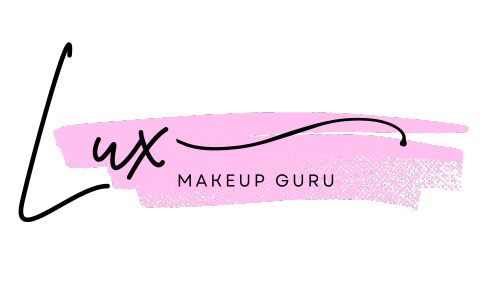Title: A Legacy of Glamour: A Journey Through the History of Best Makeup and Hairstyling Oscar Winners
Introduction: The Oscars, the most prestigious awards in the film industry, celebrate the artistry and craftsmanship that brings stories to life on the silver screen. Among the numerous categories, Best Makeup and Hairstyling recognizes the talented artists who transform actors into unforgettable characters. In this blog article, we take a captivating journey through time to explore the history of winners in the Best Makeup and Hairstyling category, showcasing the remarkable talent and creativity that have graced the Academy Awards stage.
1981: The Beginnings The inaugural year for Best Makeup and Hairstyling, the category recognized the transformational work of Rick Baker for “An American Werewolf in London,” establishing the artistry of special effects makeup in film.
1980s: Evolution and Recognition The 1980s saw the category expand and embrace a wider array of makeup and hairstyling techniques. Winners included legends like Chris Walas for “The Fly” (1986) and Ve Neill for “Beetlejuice” (1988), who showcased their mastery in creating iconic characters.
1990s: Expanding Horizons As the industry evolved, makeup and hairstyling began to encompass a broader range of genres and styles. Memorable winners include John M. Elliott Jr. and Janet Hirshenson for their transformative work in “Terminator 2: Judgment Day” (1991) and Christine Blundell for the stunning period makeup in “Topsy-Turvy” (1999).
2000s: Fantasy and Transformation The turn of the century brought fantastical and imaginative storytelling to the forefront. Winners such as Peter Owen and Richard Taylor for “The Lord of the Rings: The Fellowship of the Ring” (2001) and Dave Elsey and Rick Baker for “The Wolfman” (2010) demonstrated the artistry of creature and character makeup.
2010s: Diverse Excellence The 2010s marked a period of remarkable diversity and innovation. The category embraced a range of genres, from superhero films like “Suicide Squad” (2016), which won Alessandro Bertolazzi, Giorgio Gregorini, and Christopher Nelson, to period dramas like “The Grand Budapest Hotel” (2014), which celebrated Frances Hannon and Mark Coulier’s attention to detail.
2020s: Recent Marvels In recent years, the Best Makeup and Hairstyling category continued to honor outstanding artistry. Winners like Kazu Hiro, Anne Morgan, and Vivian Baker for “Bombshell” (2019) showcased their remarkable ability to transform actors into real-life personalities.
Conclusion: The history of Best Makeup and Hairstyling Oscar winners is a testament to the transformative power of makeup and hair in film. From the early days of pioneering artists to the contemporary visionaries who continue to push boundaries, each winner has left an indelible mark on the industry. The category’s evolution reflects the increasing recognition and appreciation of the artistry involved in creating memorable characters and visual storytelling.
As we eagerly await future Oscars ceremonies, we anticipate the awe-inspiring creations that will grace the silver screen, reminding us of the enduring legacy and magic that Best Makeup and Hairstyling brings to the world of cinema.





